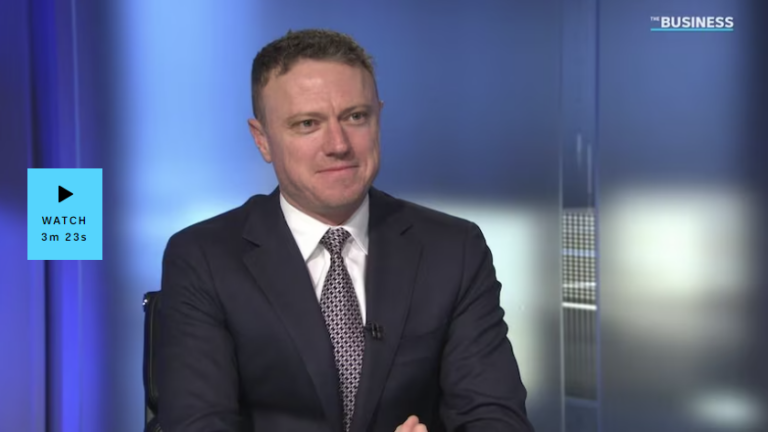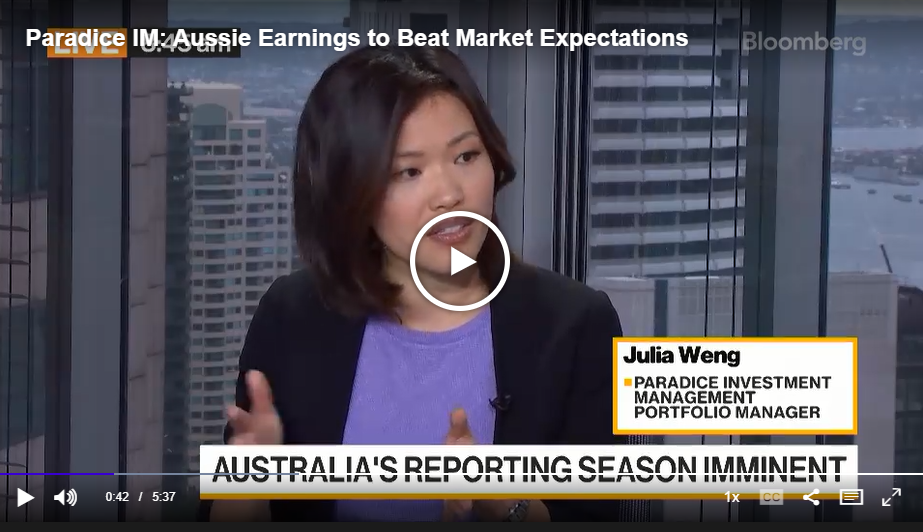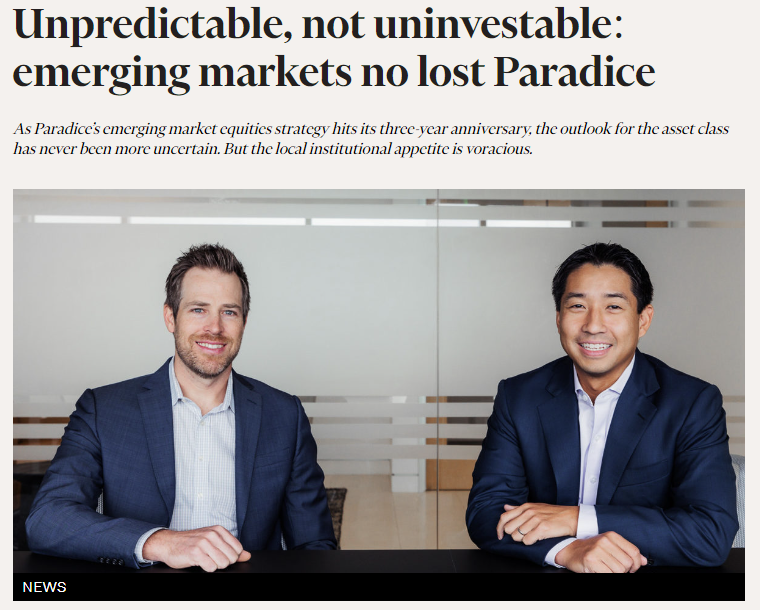Paradice publishes inaugural stewardship report
- Published March 10, 2023
We’re pleased to publish our first report summarising the Australian Equities teams’ stewardship-related activity undertaken in 2022. This includes ESG-related engagement with investee companies, how we exercised our voting rights, and highlights from our advocacy and collaborative efforts.
After enhancing the way we structure and track engagements related to ESG issues, 2022 was the first full year of implementation. These changes enabled improved collection of data around the number of meetings, seniority of attendees, and granularity on the topics discussed.
Collectively in 2022, the Australian Equities teams held 137 ESG-related engagements with 65 companies. Transition risks relating to climate change dominated engagement during the year, with a total of 88 engagements on this topic. The next most common topic was human capital management, with 39 engagements. The report not only provides key statistics but offers some insights into how we engage at both a company level and through topic-specific programs through case study examples.
We also lay out some key statistics around this year’s voting activity, and highlight some actions taken with respect to advocacy and our participation in collaborative investor initiatives. For example, we support group engagement with four companies as a participant in Climate Action 100+.
Read the Paradice Annual Stewardship Summary here

Disclaimer:
This material (or any contribution to it) is not intended to constitute advertising or advice (including legal, tax or investment advice or security recommendation) of any kind. It is of a general nature only and was current only at the time of initial publication. The information and opinions contained herein are not necessarily all-inclusive and, as such, no representation or warranty, express or implied, is made as to the accuracy, completeness or reasonableness of any assumption contained herein and no responsibility arising for errors and omissions (including responsibility to any person by reason of negligence) is accepted by Paradice, its officers, employees or agents. It may contain certain forward looking statements, opinions and projections that are based on the assumptions and judgments of Paradice with respect to, among other things, future economic, competitive and market conditions and future business decisions, all of which are difficult or impossible to predict accurately and many of which are beyond the control of Paradice. Because of the significant uncertainties inherent in these assumptions, opinions and judgments, you should not place undue reliance on these forward looking statements. You should consider your own needs and objectives and consult with a licensed financial adviser. For the avoidance of doubt, any such forward looking statements, opinions, assumptions and/or judgments made by Paradice may not prove to be accurate or correct. References to securities may or may not represent the holdings of the Paradice Funds. The content of this publication is current as at the date of its publication and is subject to change at any time. It does not reflect any events or changes in circumstances occurring after the date of publication.





Comments